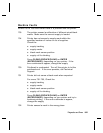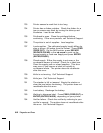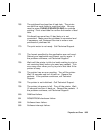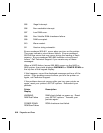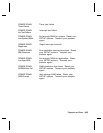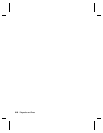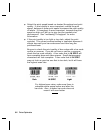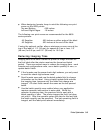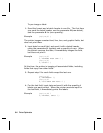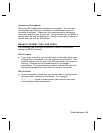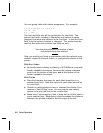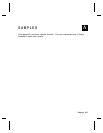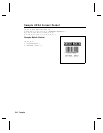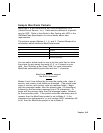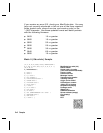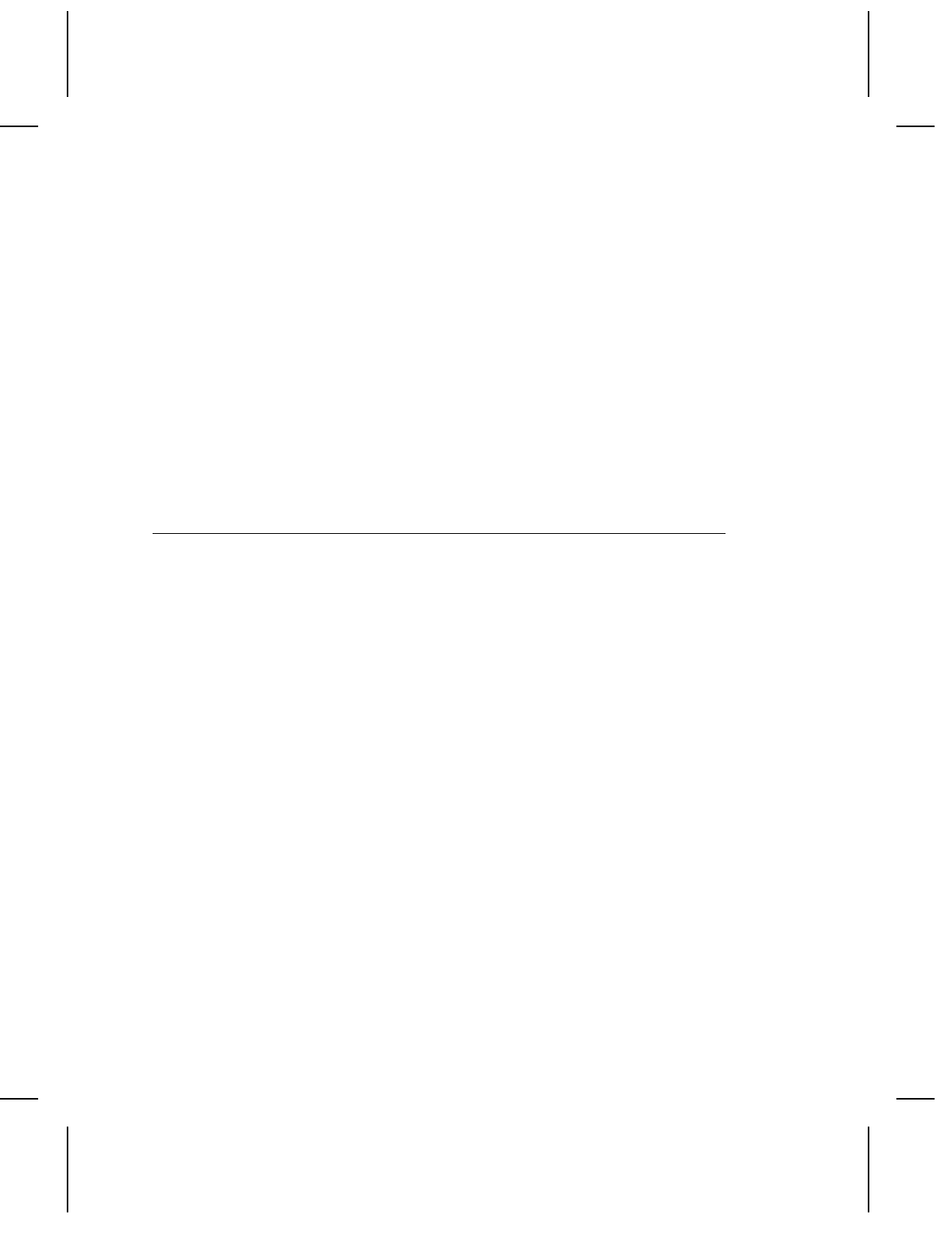
◆
When designing formats, keep in mind the following non-print
zones on the 9403 printer.
Top and Bottom .035 inches
Left and Right Edges .10 inches
The following non-print zones are recommended for the 9800
series printers:
All Supplies .050 inches on either edge of the label.
All Supplies .020 inches at the end of the label.
If using the optional verifier, allow a minimum no-scan zone at the
top of the label of 1.3" (33 mm) for speeds 6.0 ips or less; 1.8"
(46 mm) for 8.0 ips; and 2.2" (56 mm) for 10.0 ips.
Reducing Imaging Time
Imaging time is the time it takes the printer to image the data for
the first label after the printer receives the format and batch
packet. There are several ways to reduce the imaging time: send
formats and configurations once, use a batch quantity of zero, or
update batch fields.
◆
If the formats use the same check digit scheme, you only need
to send the check digit scheme once.
◆
Send formats once and use the batch update field to change
information on the label. Using a batch update field reduces
the imaging time, because only the fields that change are
imaged. All other fields remain the same as the last queued
batch.
◆
Use the batch quantity zero method when your application
requires operator intervention to enter data. While the
operator is entering data, the previous field is sent with a
batch quantity of zero. The printer images the field, but does
not print it. After the operator enters the data for the last field,
the batch quantity can be specified. The last remaining field is
imaged, and the label prints almost immediately.
Printer Optimization
9-3



